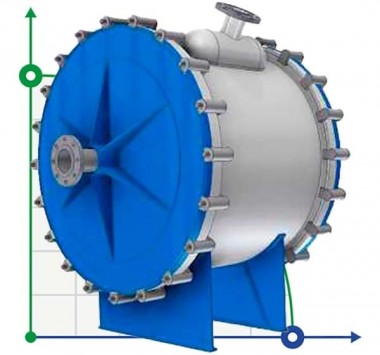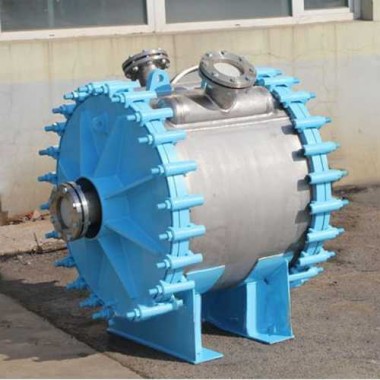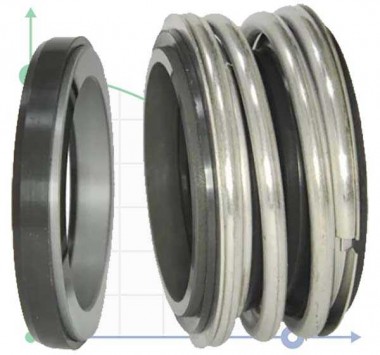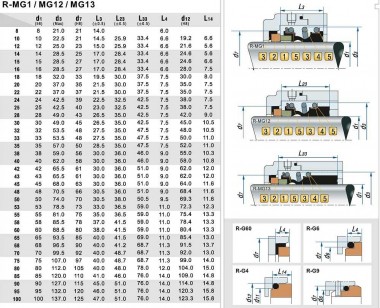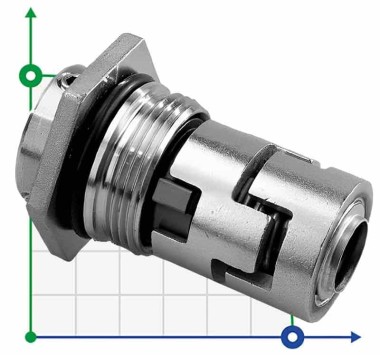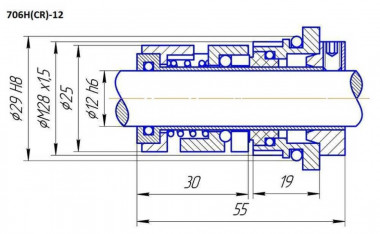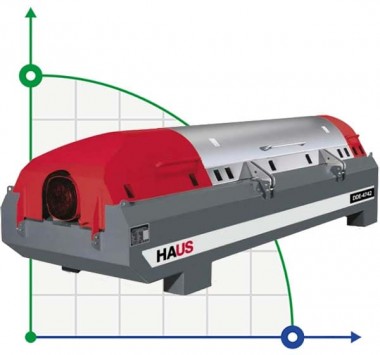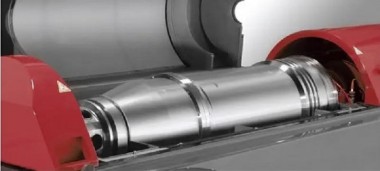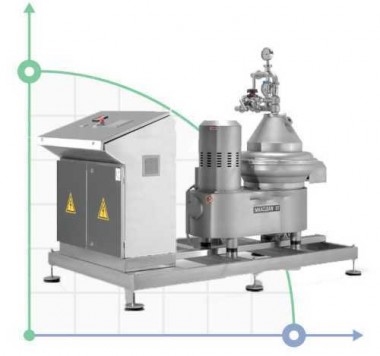Molecular Sieve 4A

Molecular Sieve type 4A is an alkali alumino silicate; it is the sodium form of the Type A crystal structure. 4A molecular sieve has an effective pore opening of about 4 angstroms (0.4nm). Type 4A molecular sieve will adsorb most molecules with a kinetic diameter of less than 4 angstroms and exclude those larger. Such adsorbable molecules include simple gas molecules such as oxygen, nitrogen, carbon dioxyde and straight chain hydrocarbons. Branched chain hydrocarbons and aromatics are excluded.
|
Model |
4A |
|||||
|
Color |
Light gray |
|||||
|
Nominal pore diameter |
4 angstroms |
|||||
|
Shape |
Sphere |
Pellet |
||||
|
Diameter (mm) |
1.7-2.5 |
3.0-5.0 |
1.6 |
3.2 |
||
|
Size ratio up to grade (%) |
≥98 |
≥98 |
≥96 |
≥96 |
||
|
Bulk density (g/ml) |
≥0.72 |
≥0.70 |
≥0.66 |
≥0.66 |
||
|
Wear ratio (%) |
≤0.20 |
≤0.20 |
≤0.20 |
≤0.20 |
||
|
Crushing strength (N) |
≥35/piece |
≥85/piece |
≥35/piece |
≥70/piece |
||
|
Static H2O adsorption (%) |
≥22 |
≥22 |
≥22 |
≥22 |
||
|
Static methanol adsorption(%) |
≥15 |
≥15 |
≥15 |
≥15 |
||
|
Water content (%) |
≤1.0 |
≤1.0 |
≤1.0 |
≤1.0 |
||
|
Typical chemical formula |
Na2O . Al2O3. 2SiO2. 4.5 H2O |
|||||
|
Typical application |
a) Drying and removing of CO2 from natural gas, LPG, air, inert and atmospheric gases, etc. |
|||||
|
Package |
Carton box; Carton drum; Steel drum |
|||||
|
MOQ |
1 Metric Ton |
|||||
|
Payment terms |
T/T; L/C; PayPal; West Union |
|||||
|
Warranty |
a) By National Standard HGT 2524-2010 |
|||||
|
b) Offer lifetime consultation on problems occurred |
||||||
|
Container |
20GP |
40GP |
Sample order |
|||
|
Quantity |
12MT |
24MT |
< 5kg |
|||
|
Delivery time |
3 days |
5 days |
Stock available |
|||
Regeneration of 4A Type Molecular Sieve
Molecular sieve Type 4A can be regenerated by either heating in the case of thermal swing processes; or by lowering the pressure in the case of pressure swing processes.
To remove moisture from a 3A molecular sieve, a temperature of 200-230°C is required. A properly regenerated molecular sieve can give moisture dew points below -100°C.
The outlet concentrations on a pressure swing process will depend on the gas present, and on the conditions of the process.
Attention
To avoid damp and pre-adsorption of organic before running, or must to be reactivated.
















